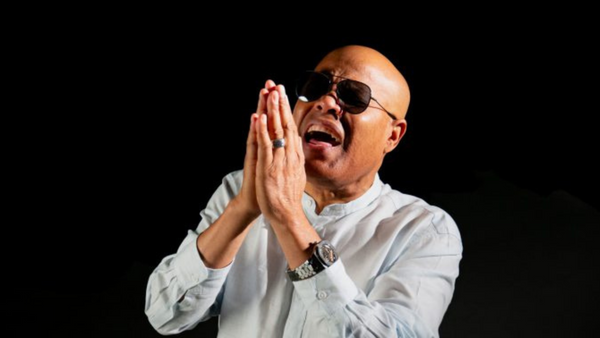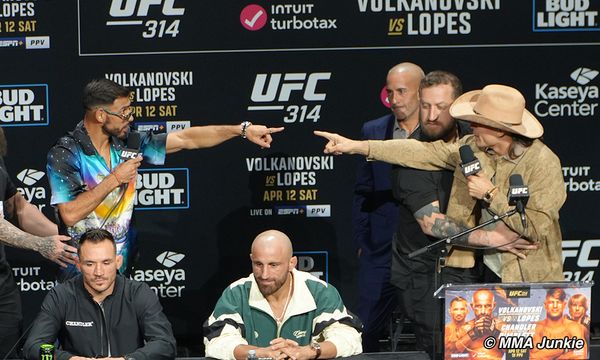
Despite the S&P 500 being mere dollars from another all-time high, Tuesday’s trading showed 108 Nasdaq or NYSE-listed stocks hitting a 52-week high while 219 hit 52-week lows.
Of the 108 highs, the Nasdaq led the way with 60, followed by the NYSE with 48. For the lows, 75 NYSE stocks and 144 Nasdaq stocks made the list. Some names on both exchanges were also perilously close to hitting 5-year lows.
I’ve got two names for value investors to consider adding to their portfolios in the days and weeks ahead. Both stocks trade above $10.
Johnson Outdoors
Johnson Outdoors (JOUT) is the smallest of the two stocks, with a market cap of $341 million. On Tuesday, it hit its 55th 52-week low in 12 months and closed yesterday at $33.15, 25 cents off its 5-year low.
I first became aware of the manufacturer of outdoor recreation products because a friend knew one of the Johnsons of SC Johnson fame, the Wisconsin-based maker of consumer brands such as Glade, Fantastik, Pledge, Scrubbing Bubbles, Shout, Windex, and many more.
You see, Johnson Outdoors was founded in 1970 by Sam Johnson, who headed SC Johnson from 1967 to October 2000. Johnson wanted to diversify the family's interests, and as an avid outdoorsman, Johnson Outdoors was a natural fit.
He went to work acquiring companies in the outdoor recreation products industry. In 1985, the company was spun off from SC Johnson, going public in 1987. Today, Helen Johnson-Leipold, the daughter of Sam Johnson runs the company.
Johnson-Leipold and other Johnson-related entities and persons own 47% of the company and control the election of six of nine directors through 100% ownership of its Class B shares.
Why buy?
As of March 29, its book value per share is $49.06, 48% higher than its current share price. Further, its retained earnings are $409.0 million, $68 million higher than its market cap.
Johnson Outdoors benefited greatly from the desire to be outdoors during the pandemic. It’s struggled to grow sales since, reducing a significant portion of its profitability. However, with no debt and plenty of cash on the balance sheet, it has the resources to continue to innovate and grow the business over the long haul.
In the meantime, while you wait for the business to get stronger, enjoy the nearly 4% dividend yield.
Cracker Barrel
Cracker Barrel (CBRL) is considerably larger than Johnson Outdoors with a market cap of $869 million, but it’s still very much a small-cap stock. It hit its 52nd 52-week low over the past 12 months on Tuesday, closing yesterday’s trading at $39.13, 62 cents off its 5-year low.
I’ll be the first to admit that I’ve never stepped foot in a Cracker Barrel restaurant. However, I’ve followed the company for years due to the meddling ownership of Sardar Biglari, the head of Biglari Holdings (BH), a wannabe Berkshire Hathaway (BRK.B).
The activist investor owns 9.32% of Cracker Barrel. He first acquired Cracker Barrel shares in May 2011, buying 4.74 million shares. In 2018 and 2019, his related entities reduced their shareholdings to 2.0 million. It’s since added 69,141 shares.
In Biglari Capital’s 2023 shareholder letter, the company points out that its average cost per share is $51.32, but it’s received $62.60 in dividends over the years, so despite the $39 share price, it is ahead of the game overall.
However, at the height of its success in November 2018, CBRL stock traded at $185. If it were at that price today, it would be a mid-cap stock with a market cap of over $4 billion.
As a business that’s been around a long time, it’s not unusual to experience peaks and valleys in its results. Now, they are definitely in a valley.
In the latest quarter, its revenue was $817.1 million, 1.9% lower than a year ago, with a same-store sales decline of 1.5% for its restaurants, and a decline of 3.8% for its retail business. It had an operating loss of $19.3 million in the quarter, down from a $16.8 million operating profit in Q3 2023. On the plus side, despite the poor results, it has generated positive free cash flow in the first nine months of 2024.
To remedy the situation, it announced a strategic transformation plan in May that includes refining the brand, improving the menu, developing a store remodel that drives more business, improving its digital and off-premise business, and making Cracker Barrel a better workplace.
To pay for all of this, it has cut the dividend by 81% to 25 cents a quarter. The new annual rate of $1 yields 2.6%, which is still decent compared to the average S&P 500 stock. The dividend cut will save approximately $23 million annually.
Undertaking this is CEO Julie Masino, who joined Cracker Barrel last August from Taco Bell. Before that she spent many years in leadership positions at Starbucks (SBUX) and other well-known retail brands. She’s got the chops to do it.
Cracker Barrel is an iconic American restaurant concept that’s lost its way. Trading well below historical norms with valuation metrics as low as they’ve been in the past decade, the value investor should be intrigued.
On the date of publication, Will Ashworth did not have (either directly or indirectly) positions in any of the securities mentioned in this article. All information and data in this article is solely for informational purposes. For more information please view the Barchart Disclosure Policy here.







